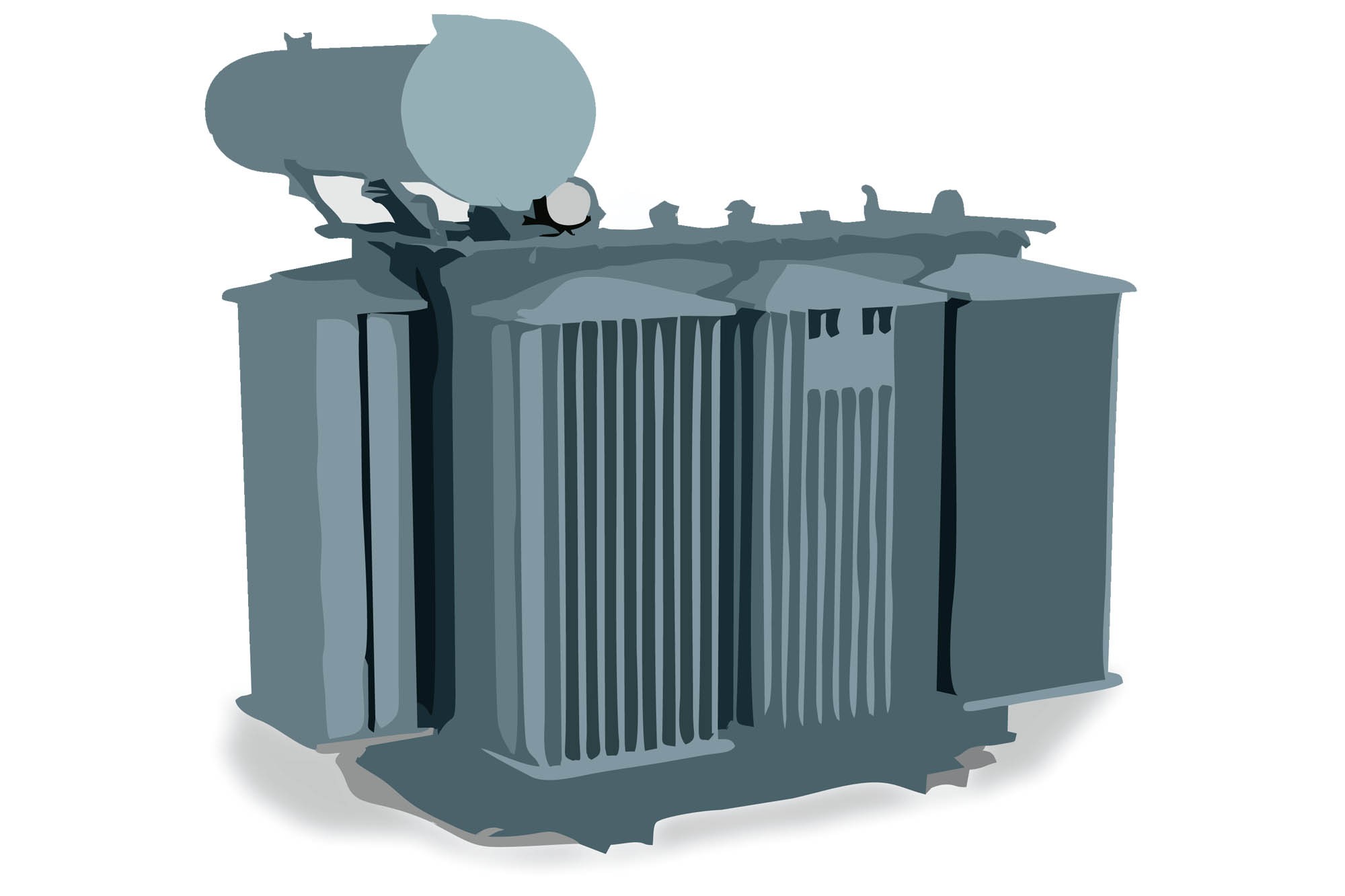Synthetic Ester Transformer Fluids : Safe & Reliable
By EPR Magazine Editorial December 22, 2012 3:23 pm IST
By EPR Magazine Editorial December 22, 2012 3:23 pm IST

Synthetic Ester Transformer Fluids:
Safe & Reliable
Synthetic ester fluid has many benefits to users in the shape of increased fire safety, reduced environmental impact, excellent oxidation stability and enhanced moisture tolerance. This article documents key differences between natural and synthetic esters and mineral oil, specifically with regards to oxygen stability and moisture absorption
Mounting energy and peak power shortages are amongst the most urgent problems facing the power sector in India. The need for reliable and adequate supply of electricity is key to the meet the demands of a very fast growing economy.
Efficient and reliable transformers are crucial to ensuring that this need is addressed for both existing and new energy supply.
A key contributor to the reliability of a transformer is the dielectric fluid which is used to cool it. Natural esters, or vegetable oils, were used as dielectric coolants in the very early days of transformer history. However they were soon found to be problematic due to their instability when exposed to air. They were replaced by mineral oils which are more stable when exposed to oxygen. From about 1930 onwards PCBs, sometimes referred to as Askarels, were widely used until their manufacture was discontinued worldwide in the 70s due to their toxicity. Searching for a non-harmful replacement to address the need for improved fire safety, synthetic ester transformer fluids were developed in the 1970s.
Synthetic ester fluid has many benefits to users in the shape of increased fire safety, reduced environmental impact, excellent oxidation stability and enhanced moisture tolerance. Furthermore synthetic esters are very robust and can be used at higher temperatures than mineral oil, this allows designers to come up with innovative compact designs.
These benefits are available in new transformers filled with synthetic ester, but can also be gained by replacing the fluid in the transformer, known as retrofilling.
Where retrofilling is particularly useful is in converting unsafe mineral oil transformers into far more fire safe units, quickly and economically.Other alternative fluids to mineral oil are also available, such as natural esters and some comparison between the two types of ester will be made later in this article.
Various IEC standards have been developed for synthetic esters and the benefits of using high fire point fluids are addressed in insurance documents and a new fire safety standard for rolling stock. In the case of natural esters an IEC standard is due to be published in the near future.
Synthetic estersSynthetic esters are manufactured from specifically chosen acids and alcohol to give a very robust fluid. All the acids used in the manufacture of synthetic ester fluids are fully saturated, which leads to excellent oxidation stability in the final product. Despite being very stable in service synthetic esters are readily biodegradable and quickly broken down by natural organisms if they leak or are spilt into the environment. This process does not occur in a transformer tank due to the conditions being too hot and dry to sustain microbiological life. Having a readily biodegradable fluid is a key advantage in environmentally sensitive areas. In addition synthetic esters are very moisture tolerant, retaining high breakdown strength even with up to 600 ppm of moisture.
Natural estersNatural ester dielectric fluids are produced from renewable edible seed oils. Sunflower oils, Rapeseed oils and Soyabean oils have all been used in the manufacture of natural ester based fluids for transformers since the 1990s.
The chemical structure of the natural ester is based on a glycerol backbone, bonded to 3 naturally occurring fatty acids. Many of the acid chains in natural esters are unsaturated (with C==C double bonds), which leads to poor oxidation stability. This means that natural ester fluids are only suitable for sealed transformers. Natural esters also tend to have high pour points when compared to mineral oils and synthetic esters.
Natural esters do share some advantages with synthetic esters, they have a high fire point, are readily biodegradable and have good moisture tolerance. Since they are manufactured from renewable raw materials natural esters also have a lower carbon footprint than mineral oil, making them a good environmental choice.
Applications of synthetic estersSynthetic esters are used in countless applications where fire safety is critical, such as apartment blocks, oil and gas platforms, airports, hospitals, data centres and tunnels.
They are increasingly used to retrofill existing mineral oil transformers to improve fire safety in buildings, sometimes at the request of insurance companies.
Since the 1990s synthetic esters have also been used in traction transformers, aboard rolling stock. This type of transformer calls for high temperature operation, often with breathing designs and is one of the most demanding applications for the fluid. With increasing concerns over fire safety in trains and in a move to unify diverse standards across Europe, these transformers also comply with the newly introduced technical specification CEN/TS 45545-2:2009, requiring the use of high fire point fluids instead of mineral oil in transformers on trains (1).
The third area where synthetic esters are playing a major role is in slim design transformers. These units use high temperature solid insulation such as NOMEX and are optimised around the ability of the synthetic ester insulation to withstand high temperatures. This provides more power in small spaces. These transformers have been successfully introduced for use in very demanding applications to withstand frequent load changes, such as in wind turbines. The reliability of these transformers and their ability to operate under high temperatures has been well documented (1).
We use cookies to personalize your experience. By continuing to visit this website you agree to our Terms & Conditions, Privacy Policy and Cookie Policy.